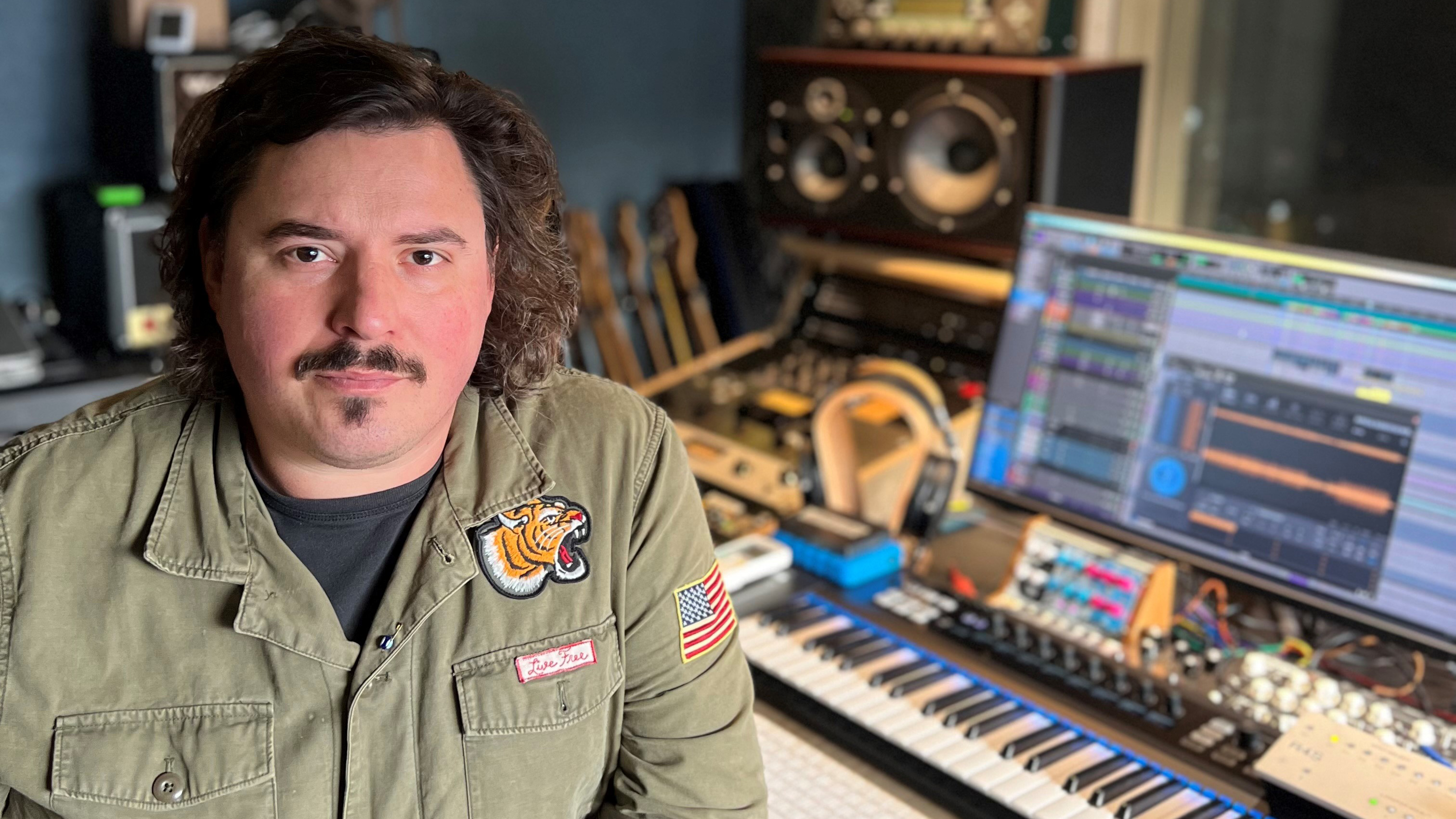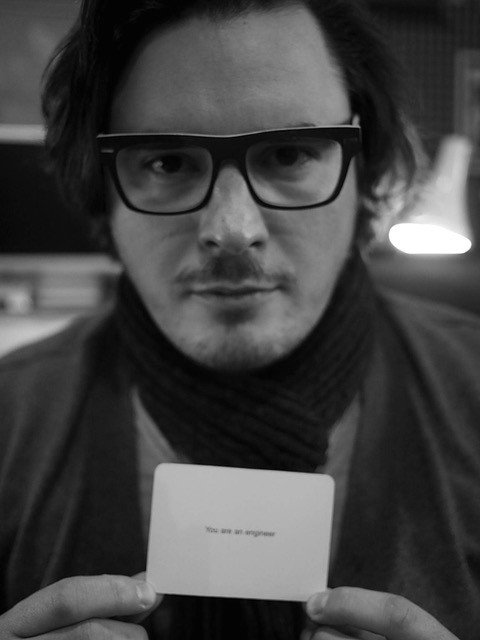
Mike Horner is an engineer, producer, and mixer based between London and Hastings.
He started his career at Whitfield Street Studios. He has worked with Hot Chip, Def Havana, and Jess Glynne, among others. He is resident at RAK studios, mixing in Dolby Atmos.
As an engineer, I began thinking of new possibilities
Can you tell us about the first time you heard about Dolby Atmos? And why you adopted it in your studio?
It was like the blinkers had come off, suddenly everything came into focus. I think they played “Rocket Man” which was amazing. And then Miles Davis’ “Kind of Blue” and the speakers disappeared. It was just me and the music together. That’s a really powerful thing.
What was your reaction when you first heard music in Dolby Atmos? As a professional? As a listener?
As an engineer, I began thinking of new possibilities. Creatively, the cogs are turning. As a music lover, hearing things I’d never heard before was great.
What albums have you worked on? How was the process? What were you able to achieve in Dolby Atmos that you could not do in stereo before?
It was exciting working on Freakout Release by Hot Chip. I had a lot of freedom from the band to experiment.
While producing the stereo mix, I was thinking of what elements we could use in making the Dolby Atmos mix. Everything was a new possibility, thinking outside stereo. That was my first Dolby Atmos record, so it’s got a special place in my heart.
How do your clients react when hearing their music in Dolby Atmos?
Big smiles. On one of the Hot Chip tracks, “The Evil That Men Do”, we recorded a choir of the band’s family members. It sounds great in stereo but goes to a whole other level in Dolby Atmos.
It’s not stereo versus Atmos. Dolby Atmos lets me do different things
What are the benefits for you as a producer? What are you trying to achieve using Atmos versus stereo?
It’s not stereo versus Atmos. Dolby Atmos lets me do different things and produce a different version of the music. It’s like the difference between an electric and an acoustic version. You can bring out new feelings, new elements.
What are the benefits for artists?
It can help create a more personal connection to your music. I heard the Billie Eilish record, “Happier Than Ever,” in Dolby Atmos and it was so intimate, like she’s whispering and talking directly to you. It really suits her vocal production. It changes how you can connect with fans.
In your opinion, what are the benefits for fans?
Listening to a Dolby Atmos version of your favourite records is like hearing them again for the first time, with all the new elements that come out. As a fan, I find that exciting.
Would you say Dolby Atmos is suitable for all genres of music?
Absolutely. There are so many different paths you can take with how you approach a mix. You have to think about how to stay true to the music, but there’s always some really cool stuff that’s possible.
Consider what you want to do with your Dolby Atmos mix. Do you want to stay close to your stereo mix, or really take it somewhere else?
Do you see the pipeline of music in Dolby Atmos growing exponentially?
I think we’ve come to a tipping point. It’s going to keep growing. More streaming services include it, more new recordings use it, and more back catalogue classics are getting a Dolby Atmos version.
What is your favourite song in Dolby Atmos? Why?
There are three, including the Billie Eilish record I mentioned earlier. Another is “Kind of Blue” from Miles Davis, sounding fresh and new. Third is “Blackout” by Turnstile, which is hard-driving guitar punk. Very different styles, but all enhanced by Dolby Atmos.
Finally, what advice would you give to young talents using Dolby Atmos for the first time?
Consider what you want to do with your Dolby Atmos mix. Do you want to stay close to your stereo mix, or really take it somewhere else? With headphones and a DAW, you can experiment. No rules. Just make it sound good.








